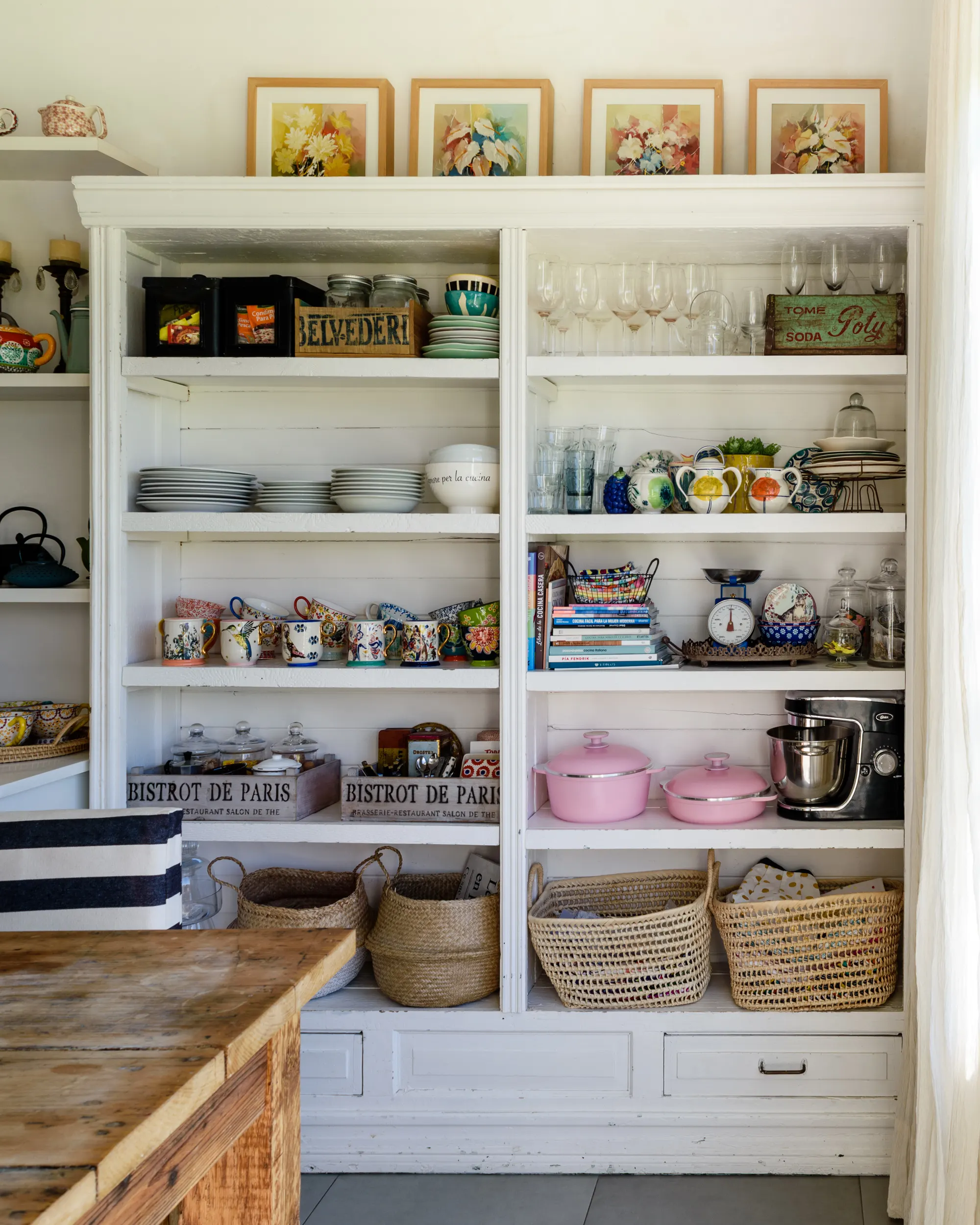Kitchen cabinets offer more than a mere place for dishes; they can add flair to the design of your home while providing ample storage and increasing usability.
Invest in quality. Dovetail joints and other once-expensive features have become standard on many lines, while Consumer Reports cabinet tests show that basic cabinets with good construction perform just as effectively as more costly models.
Quality
Cabinet quality is key to their durability. Low-quality cabinets often look dull or develop problems quickly like warping, bubbling or peeling on interior surfaces – which can result in extra costs as workers repair drooping doors, rattle drawers and unbalanced frames.
High-quality cabinets typically feature smooth surfaces that are easy to keep clean and will stand the test of time. Some manufacturers provide scratch resistant wood veneers while melamine provides more scratch resistance; but knowing the difference between high and low quality cabinet interiors is essential.
To extend the lifespan of your kitchen cabinets, it is advised that you avoid harsh cleaners and self-polishing waxes that could damage finishes. Also avoid leaving damp dish towels or clothes draped over cabinet doors or exposed surfaces for extended periods as moisture may leave water spots or discolorations behind.
Durability
Kitchen cabinets crafted from high-quality materials will provide stunning and functional storage solutions for at least twenty or thirty years, but poor construction or low-grade finishes could lead to crooked doors, sagging shelves, warped boxes and other issues in just as short a period of time.
Some cabinet makers choose solid wood because it is more durable than particle board; however, solid wood is susceptible to moisture-induced warping when expanding and contracting; to prevent this issue using high-quality veneer coating or laminate can help.
Medium-density fiberboard, more commonly referred to as MDF, is another material widely used for kitchen cabinets. This versatile material offers multiple benefits: it is resistant to mold growth and water ingress while remaining cost effective; you can laminate it for extra durability and paint it with high-quality enamel paint for additional customization if desired. MDF cabinets tend to be less costly than solid wood options.
Style
Cabinets are an investment for any home and come in various styles. Understanding their construction will allow you to select the appropriate piece.
Face framed cabinets feature protective frames around each door and drawer opening, offering increased protection from damage and wear. Although their materials vary, painted finishes typically provide the greatest resilience against damage.
Partial overlay panels are an economical alternative to framed cabinets that can help lower manufacturing costs. Each connecting panel has an open gap of about one quarter inch between them – perfect for adding character and unique charm to any kitchen! They pair nicely with shaker doors.
Louvered panels make an attractive addition to cabinets in humid environments. Usually found in traditional styled cabinets and matching white walls, these louvred panels allow airflow while hiding appliances like the dishwasher or microwave while still remaining visible.
Storage
Organization is key to effective kitchen cabinet storage. Start by clearing out and cleaning out each cabinet, placing them on a clean sheet or tarp and sorting through them based on frequency of use and functionality – this will help determine what items to donate or keep – before organizing each category by using drawer and shelf organizers or labels to quickly locate what you need while also keeping everything neatly in its place.
Avoid Bait-and-Switch Scams: When purchasing used cabinets online, make sure to inspect them in person or request photographs of their interiors and hardware before making your purchase. Check seller reputation on platforms like eBay or Facebook Marketplace; avoid sellers with no sample-size history and new profiles. Invest in airtight containers to store bulk food items like rice and flour to prevent house pests from invading.

